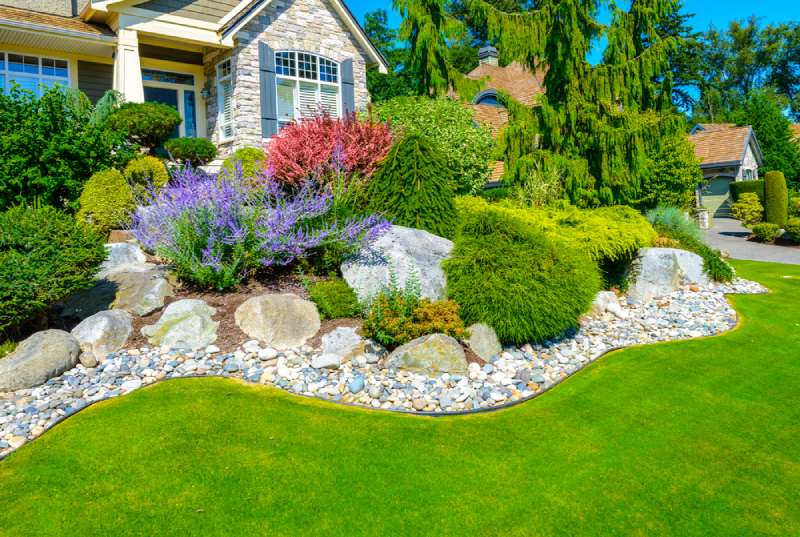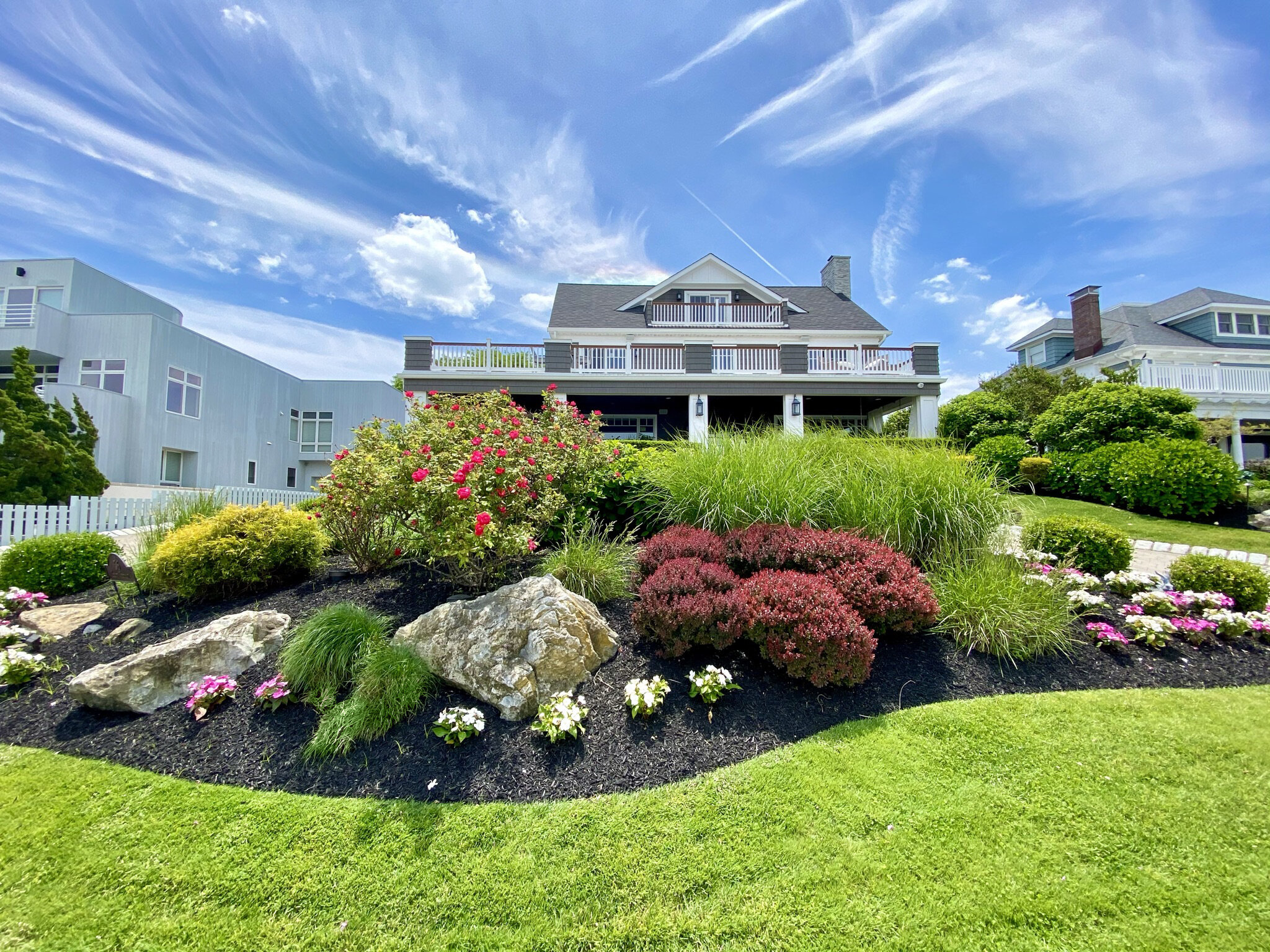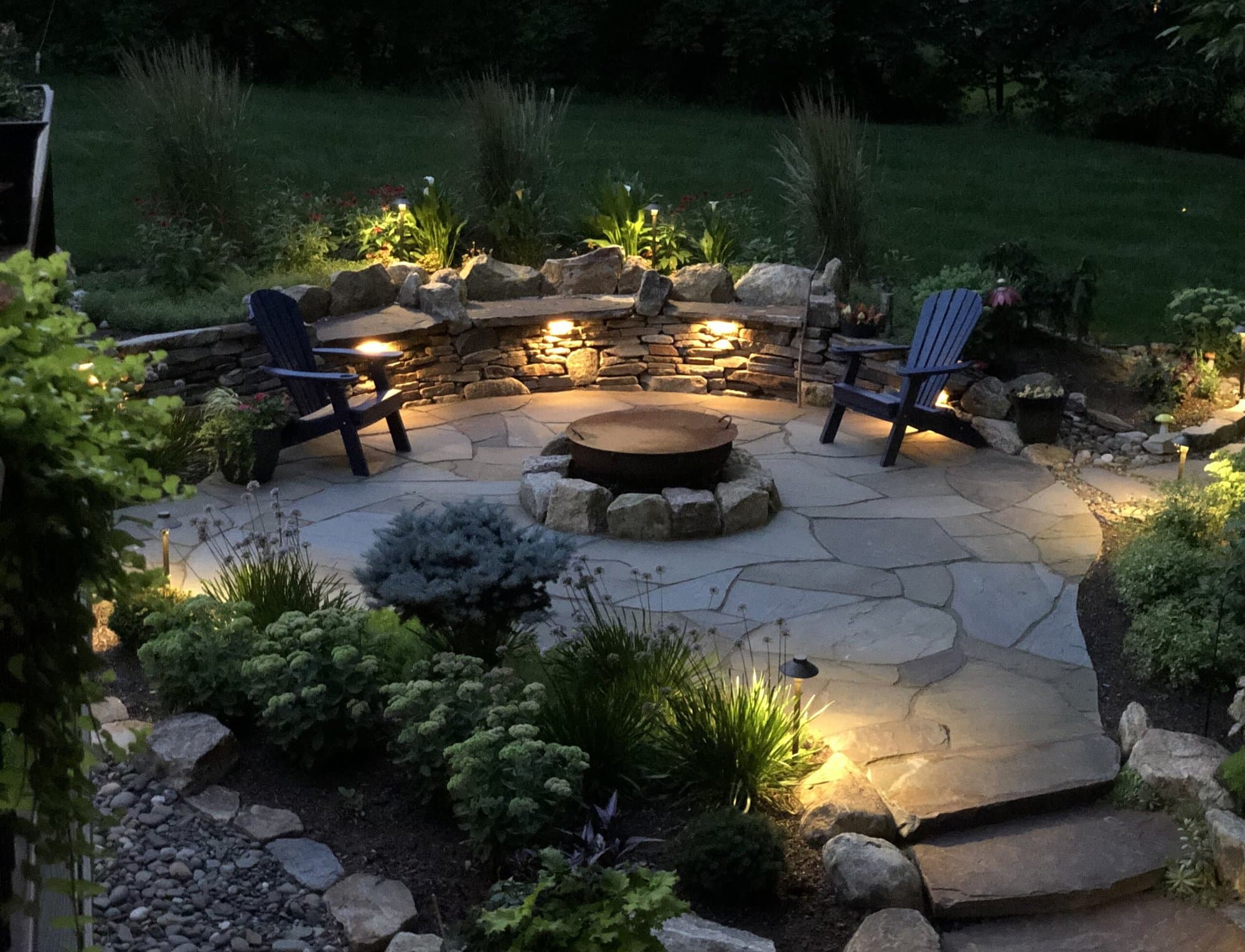Why Choosing the Right Palm Desert Landscaping Solution Issues
A Comprehensive Guide to Creating and Implementing Effective Landscape Design Solutions
The art and scientific research of landscape design prolong beyond plain visual appeals; they involve a thoughtful assimilation of layout principles, environmental stewardship, and practical execution. A thorough overview to reliable landscaping options begins with a comprehensive understanding of your outdoor room, stressing the value of unity, equilibrium, and percentage. As we explore lasting methods and the selection of appropriate plants, the implications for biodiversity and area wellness come to be progressively evident. What approaches can one utilize to make certain these landscapes not only grow but additionally flourish in consistency with their surroundings?

Comprehending Landscape Design Concepts
One may question what fundamental elements add to efficient landscape design. At its core, effective landscape design depends upon numerous essential concepts that direct the setup and choice of components within an area. These concepts include unity, equilibrium, proportion, and rhythm, each offering to produce an unified outdoor setting.
Unity refers to the cohesive partnership among numerous elements, guaranteeing that they collaborate visually and functionally. Equilibrium can be achieved with balanced or asymmetrical arrangements, allowing the landscape to really feel secure and inviting. Proportion includes recognizing the scale of aspects in regard to each other and the surrounding atmosphere, advertising aesthetic consistency and convenience.

Assessing Your Outdoor Area
Prior to carrying out the concepts of landscape layout, an extensive analysis of your outside space is crucial. This preliminary analysis helps define the range of your landscape design task and ensures that your design lines up with the one-of-a-kind characteristics of your residential property. Begin by assessing the dimensions of your space, taking accurate measurements to comprehend the offered area for different aspects such as pathways, patios, and yards.
Next, observe the existing features of your landscape, including topography, soil quality, and drainage patterns. These factors significantly influence plant option and positioning. Furthermore, evaluate the sunlight exposure throughout various locations throughout the day, as this will influence the types of plants that thrive in your yard.
Consider the microclimates developed by structures, trees, and various other obstacles, as they can influence temperature and dampness levels. Last but not least, make note of any type of existing plants or hardscape components that you want to keep or remove. This extensive assessment prepares for a reliable and knowledgeable landscaping solution, ensuring that your style is not only visually pleasing but sustainable and additionally practical for years ahead.
Sustainable Landscape Design Methods
These techniques not only promote environmental balance yet also enhance the visual and useful value of a landscape. Carrying out efficient irrigation systems, such as drip irrigation, reduces water waste and makes certain that plants obtain adequate moisture (Palm Desert Landscaping).

Another reliable technique is the tactical positioning of shrubs and trees to supply natural windbreaks and color, therefore decreasing energy costs (Palm Desert Landscaping). Rain yards can be incorporated right into the landscape design to handle stormwater overflow properly, filtering toxins prior to they enter waterways
Choosing the Right Plants
Choosing the right plants for your landscape is critical to achieving both visual appeal and ecological harmony. The process begins with an understanding of your regional climate, soil conditions, and the particular microenvironments within your landscape. Examining elements such as sunshine direct exposure, dampness degrees, and existing plants will certainly help you select plants that grow in your one-of-a-kind setting.
Take into consideration including indigenous plants, as they are well-adapted to neighborhood problems, need much less maintenance, and support local wildlife. In addition, picking a varied variety of varieties can improve biodiversity while minimizing the danger of illness and insect outbreaks. It is vital to assess the growth habits, growing periods, and seasonal colors of possible plants to develop a dynamic and natural landscape.
Moreover, consider the planned usage of the area; as an example, if the location will certainly experience high foot website traffic, go with durable ground covers. By thoughtfully picking plants that line up with both your aesthetic objectives and ecological needs, you can produce a sustainable landscape that not only boosts your residential or commercial property but likewise contributes favorably to the surrounding ecosystem.

Implementation and Maintenance Methods
As soon as the appropriate plants have been selected for your landscape, the emphasis shifts to effective application and recurring upkeep strategies. Successful setup starts with correct website preparation, that includes soil screening additional reading to figure out nutrient degrees and pH, adhered to by amending the soil as needed. Thoroughly set up plants according to their development behaviors see post and light needs, ensuring sufficient spacing to promote healthy growth.
Irrigation is a vital component of execution. Develop a watering timetable that takes into consideration the details demands of each plant varieties, readjusting for seasonal adjustments. Making use of drip watering systems can improve water effectiveness and decrease overflow.
Upkeep approaches have to be applied to make certain the long life and vigor of your landscape. Routine tasks include weeding, mulching, and trimming to manage growth and avoid disease. Fertilizing must be performed based upon dirt tests, providing the essential nutrients without over-fertilizing.
Checking for diseases and pests is crucial; early discovery can avoid significant damages. Seasonal changes to maintenance regimens, such as preparing and winterizing perennials for springtime growth, will certainly ensure that your landscape continues to be healthy and aesthetically attractive year-round.
Final Thought
In conclusion, efficient landscaping options call for an extensive understanding of layout concepts, meticulous evaluation of outside rooms, and the application of lasting methods. The selection of proper plant varieties plays a vital duty in enhancing visual allure and environmental strength - Palm Desert Landscaping. Effective implementation and continuous upkeep further make sure the long life and vigor of landscapes. By integrating these aspects, landscapes can be changed right into gorgeous, practical settings that advertise biodiversity and add positively to community wellness.
One could question what foundational elements contribute to effective landscape design. At its core, successful landscape design hinges on several vital concepts that lead the setup and option of components within a room.Picking the right plants for visit here your landscape is critical to attaining both aesthetic allure and eco-friendly consistency. It is crucial to review the development routines, flowering periods, and seasonal colors of potential plants to create a cohesive and vibrant landscape.
As soon as the ideal plants have actually been selected for your landscape, the focus shifts to reliable execution and continuous maintenance strategies.